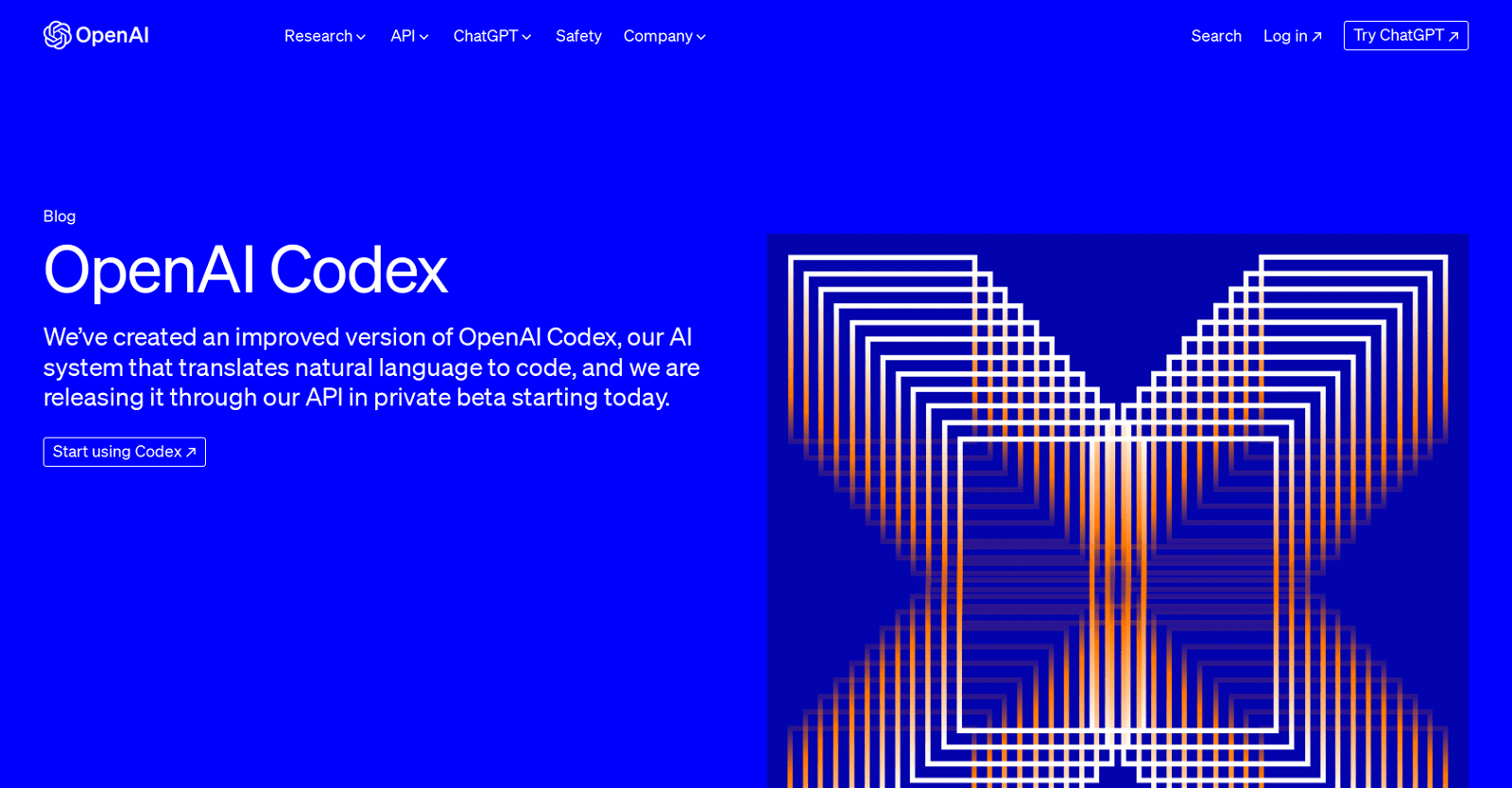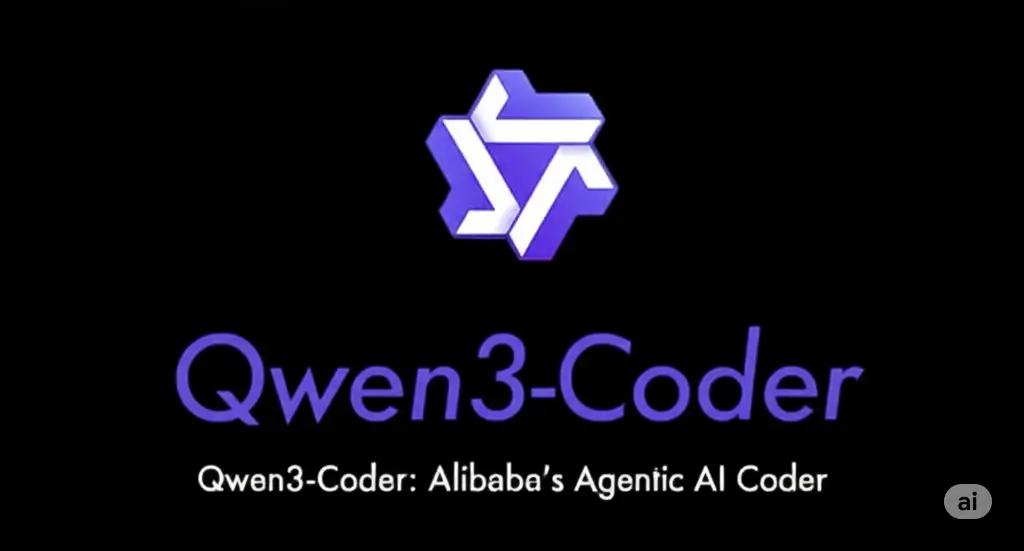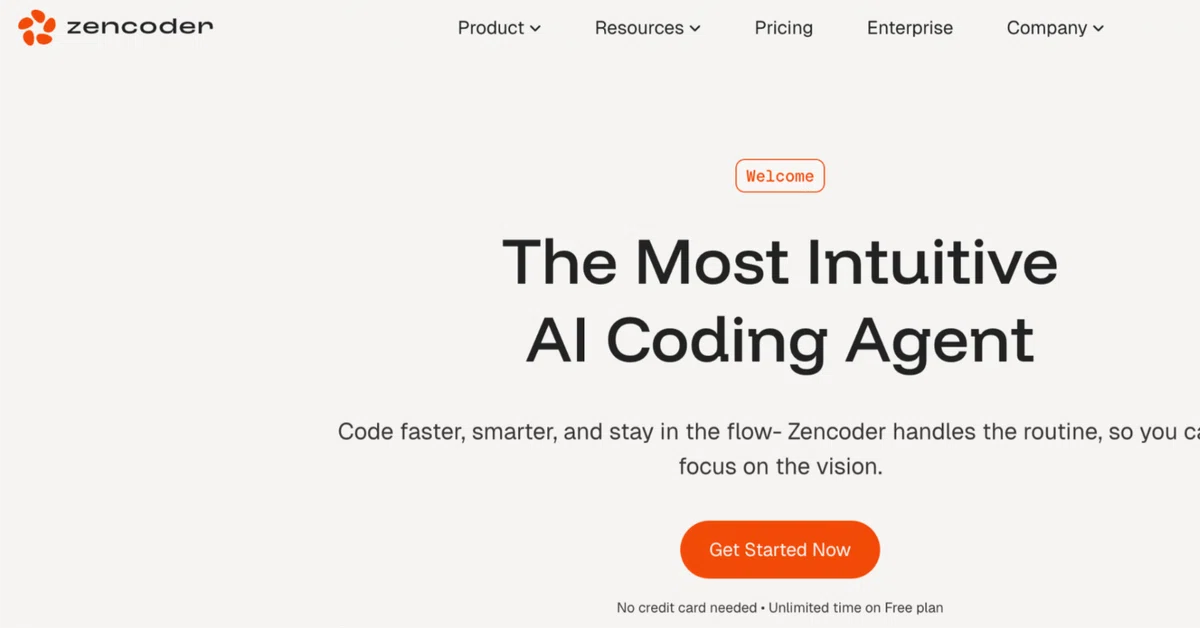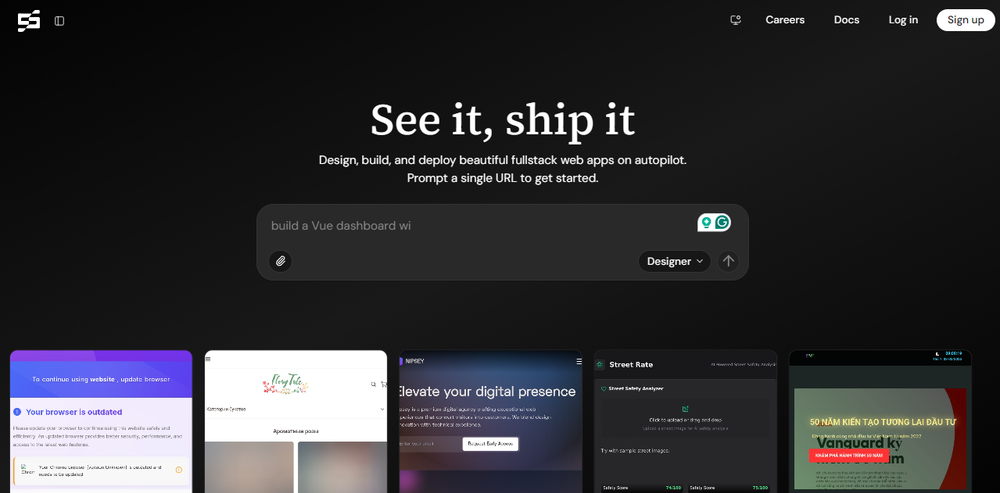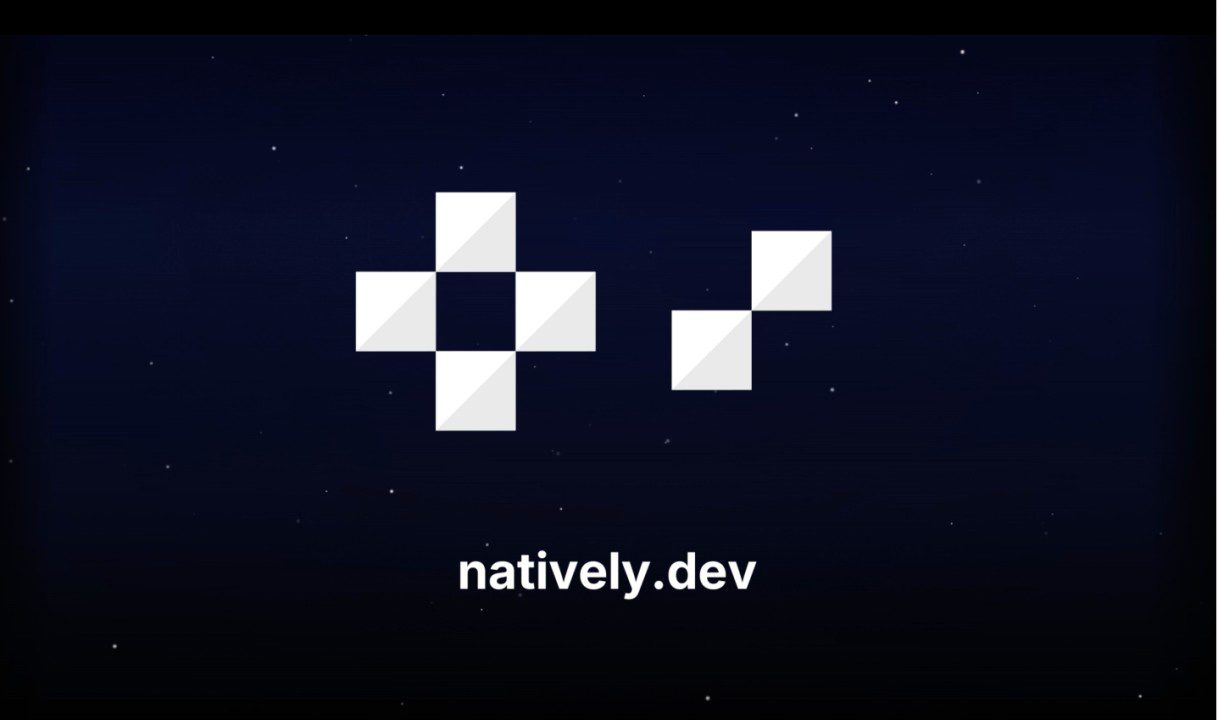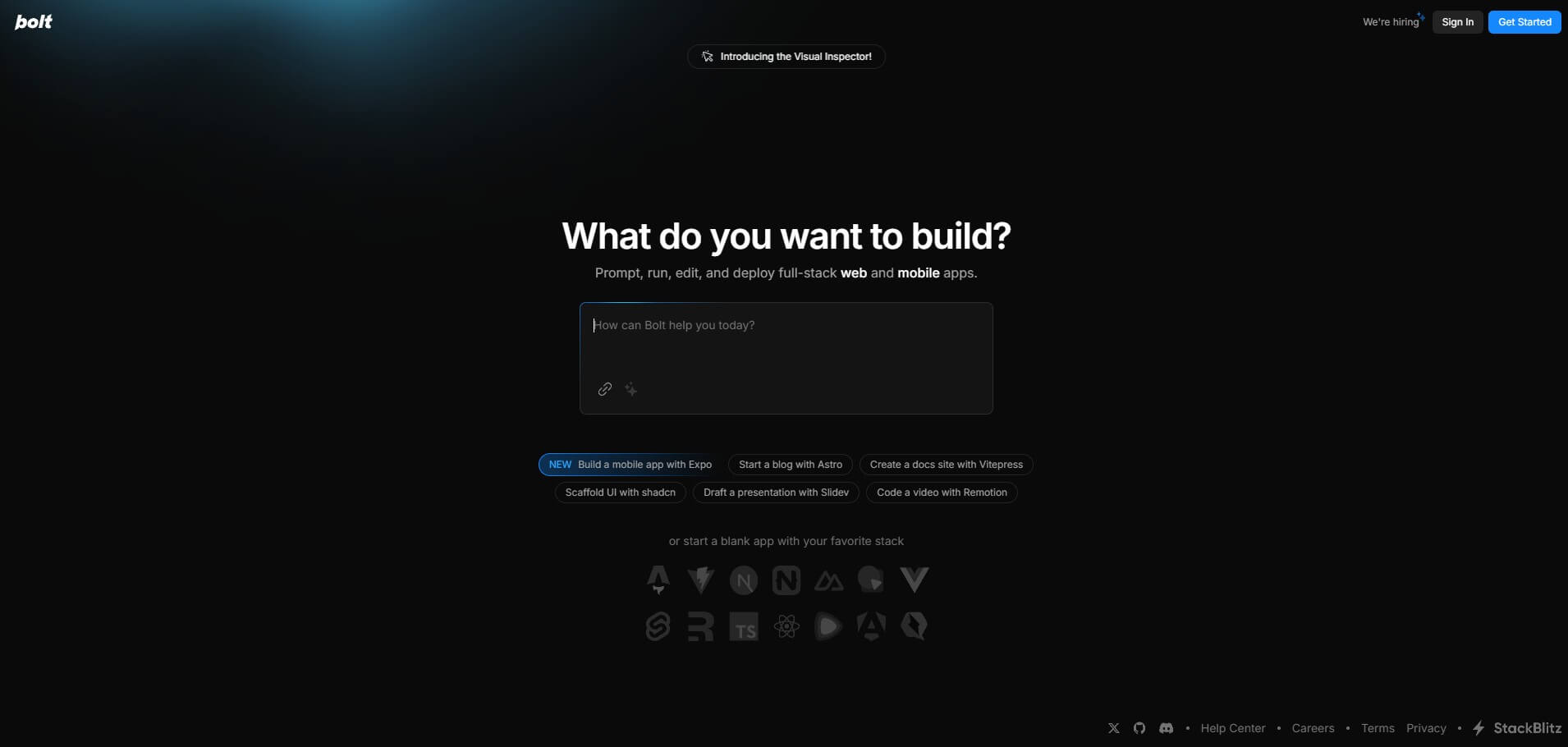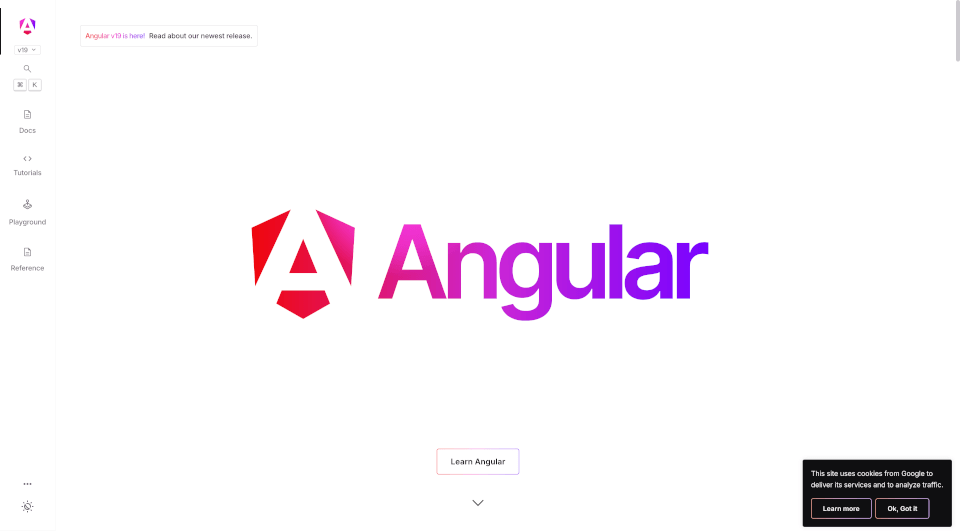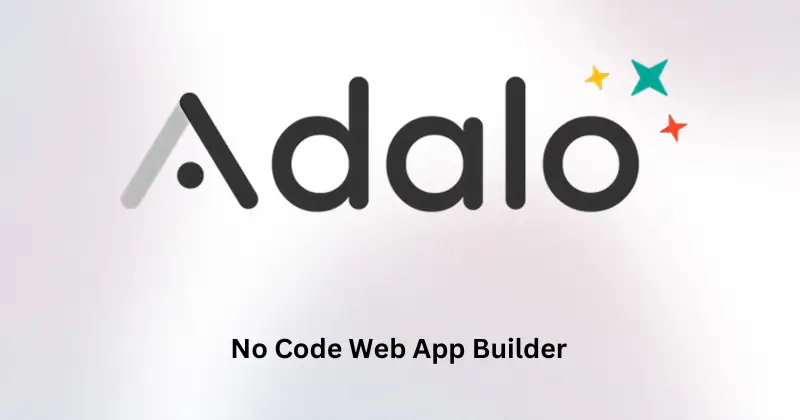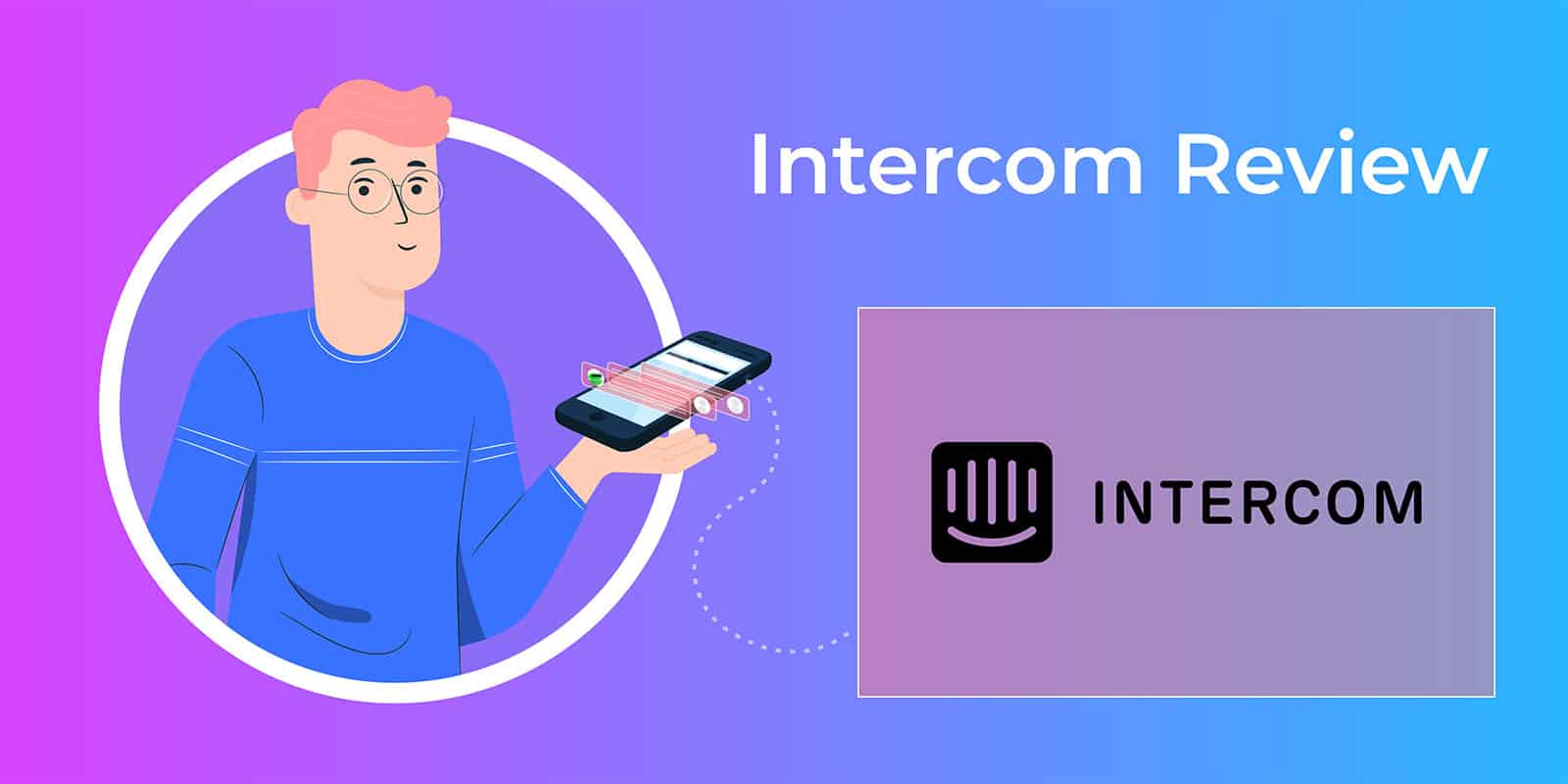OpenAI Codex is an advanced AI system developed by OpenAI that translates natural language into code. This AI model is a successor to GPT-3 and its training data includes both natural language and billions of lines of publicly available source code, including Python and over a dozen other programming languages.
OpenAI Codex differs notably from GPT-3 in that, while GPT-3’s main ability lies in generating natural language in response to a prompt, Codex actually produces working code and interprets simple commands in natural language to execute them.
More details about OpenAI Codex
How does OpenAI Codex interact with other software systems?
OpenAI Codex interacts with other software systems by translating and executing simple commands in natural language. Also, it can serve as an interface to these software systems by converting English commands into API calls.
What makes OpenAI Codex different from GPT-3?
OpenAI Codex is different from GPT-3 in several ways. While GPT-3’s primary function is to generate natural language in response to prompts, OpenAI Codex generates working code and can interpret simple commands in natural language to execute them.
How does OpenAI Codex aid developers in problem-solving?
OpenAI Codex aids developers in problem-solving by breaking complex problems down into simpler tasks and mapping these tasks to existing code solutions or features. This process helps the developers to focus more on the core problem solving and less on the low-level details of coding.
Can OpenAI Codex understand and execute commands in English?
Yes, OpenAI Codex can understand and execute commands in English. The model is able to interpret these commands, translate them into code, and execute them, thereby enabling users to interact with their software systems through natural language.
